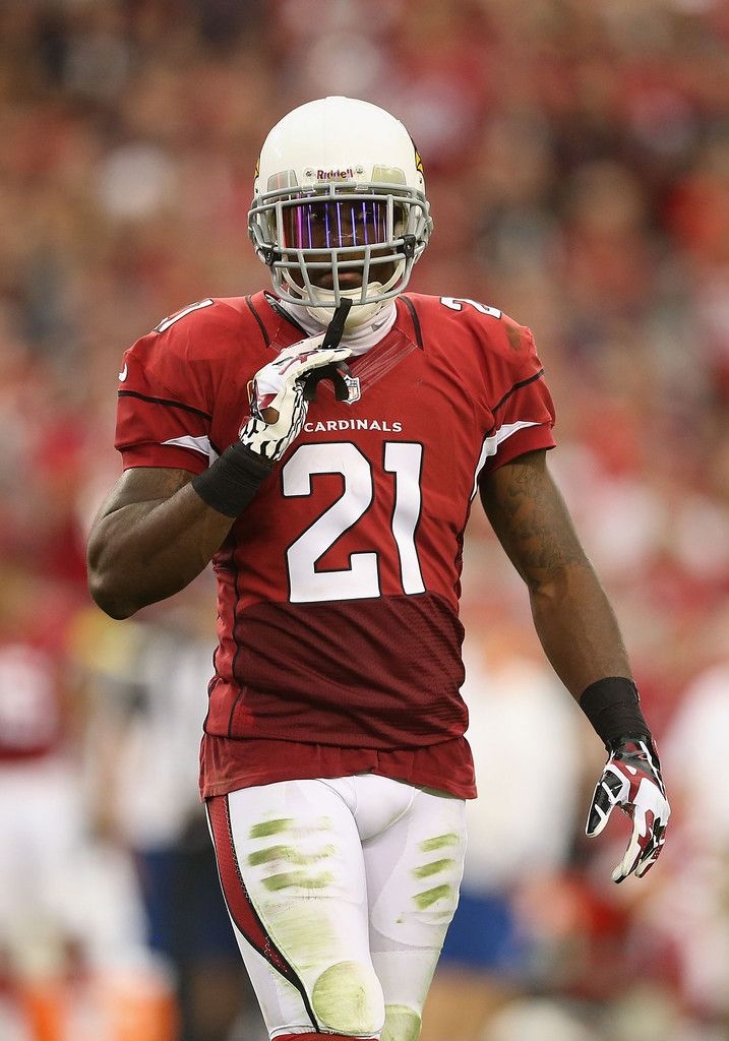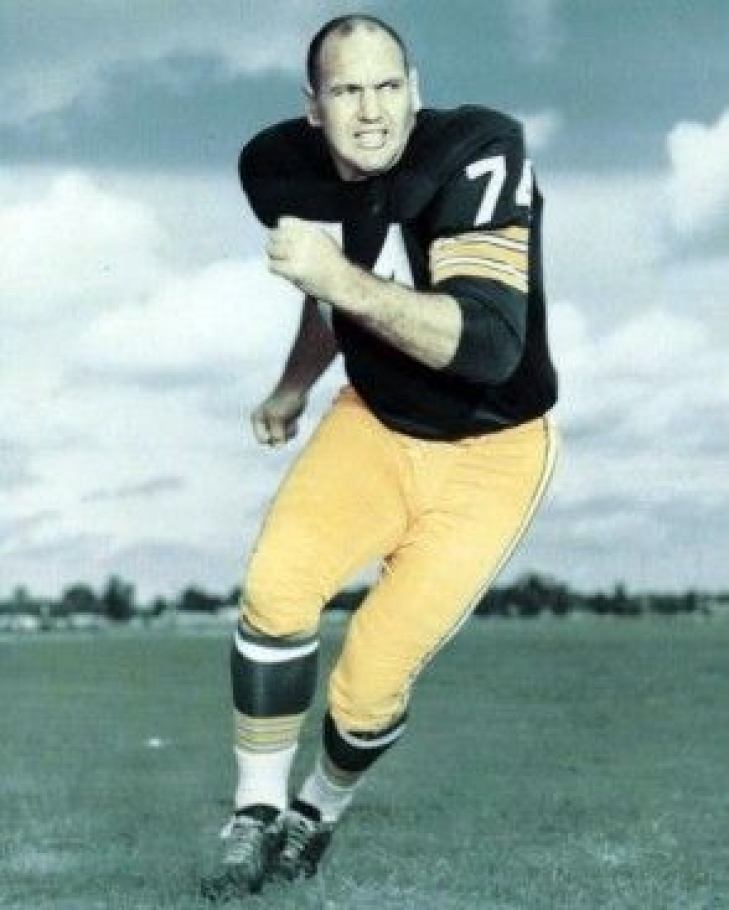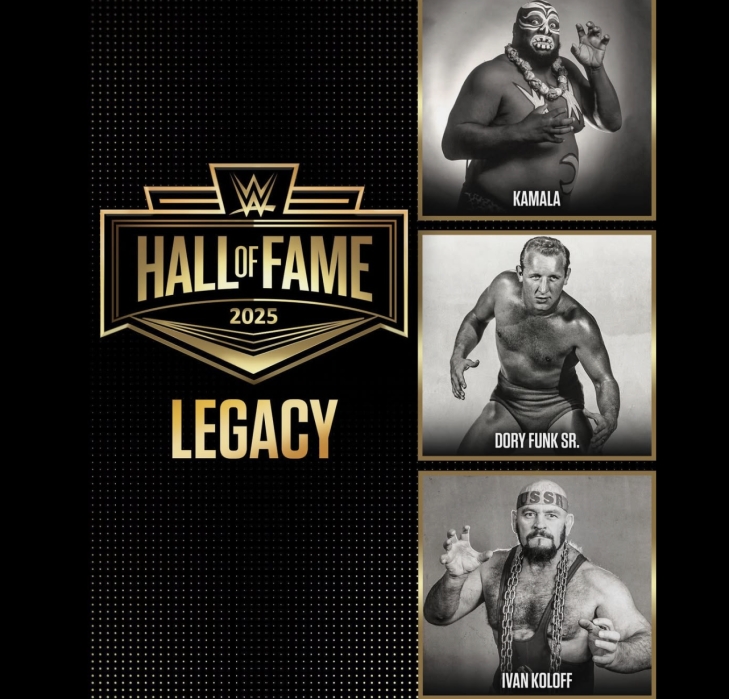
Committee Chairman
Analyzing Preakness 2025: What Can Bettors Look Forward To?
For many casual fans, the Preakness is just the “next race” after the Kentucky Derby. But for serious bettors, it’s a whole different story. This race is about figuring out which horses are ready to handle Pimlico’s unique challenges, who’s fresh enough after the Derby, and who can make the most of the track’s conditions. Some horses love a quick turnaround, while others need more time to recover—those little details make all the difference!
If you're planning to place some bets for the 2025 race, here’s what you need to keep in mind before the field hits the track.
What Pimlico Tells Us Before the Gates Even Open
Pimlico’s track is older and wears differently than newer tracks, which can affect how horses perform. It’s 1 3/16 miles long, a bit shorter than the Derby’s 1 1/4 miles. While the difference seems small, it actually changes the race’s pace. Horses that struggled in the longer Derby might do better here, and that’s where you can find hidden value.
Another factor bettors should watch is the track’s sensitivity to weather. Pimlico’s drainage system isn’t on par with more modern tracks, so it turns sloppy fast if rain hits. Mudders or horses known to thrive in wet conditions gain a real edge. In the past, sloppy tracks have upended expectations, rewarding those who looked beyond the morning line odds and dug deeper into form and running styles.
With all that in mind, bettors should treat the forecast as intel. It’s a signal that can cause Preakness 2025 odds to move sharply in one direction or another. Besides thinking about track conditions, bettors must look for where the value opens up. If early-week rain softens the surface and favors off-track runners, sharp money might start flowing toward overlooked mudders. But if things dry out by the third Friday of May, expect speed horses to take late action and odds to shift fast.
If not, expect the odds board to move sharply as bettors adjust to changing conditions. History has shown, especially in 2015 and 2018, how a wet Pimlico can completely change the expected outcome.
Who Could Be the Ones to Beat?
With the Kentucky Derby still in motion, the Preakness shortlist is built on well‑placed whispers, workout buzz, and sharp‑eyed form watchers. Some names drawing the loudest early chatter are Citizen Bull, Getaway Car, Gaming, Madaket Road, and Caldera. Each brings a different weapon to a race, often rewarding bold pace moves and fresh legs.
Citizen Bull remains the glamor colt despite his flat fourth in the Santa Anita Derby. Baffert’s champion juvenile owns the fastest two‑year‑old figure in the crop, and barn insiders say his last piece of work over the deeper Santa Anita surface showed the snap that went missing on race day.
Stablemate Getaway Car supplies pure speed. His nose win in the Sunland Park Derby proved he can dig in when pressed, and if the Preakness pace goes soft, he could make every pole a winning one.
Meanwhile, Gaming is the wild card. He beat Citizen Bull in the Del Mar Futurity last summer, lost his way this spring, and started to sparkle again in recent six‑furlong drills. Handicappers who like rebound stories are watching him like hawks.
Two “new shooters” round out the quintet. Madaket Road ran a brave second in the Rebel after carving out strong fractions and skipped the Derby trail to arrive in Baltimore with gas in the tank. His morning gallops have been described as “push‑button,” and a clean break could put him on the front end early.
On the opposite tactical spectrum sits Caldera, the giant gray Lukas colt nosed out by Getaway Car at Sunland. Lukas added blinkers after that photo finish, and observers at Oaklawn swear the colt is more focused than ever. Caldera’s grinding style could turn the stretch into a gray blur if the leaders melt in a speed duel.
What the Form Tells Us and How to Bet It Right
Past performance doesn’t guarantee a win, but it sure gives clues. Bettors must look at how these horses performed in the last 30-60 days. Horses who run consistent speed figures above 90, especially on tracks with similar conditions to Pimlico, tend to translate that form well.
Form cycles are critical here. A horse peaking two weeks before the Derby might be tapering off. Others might just now be hitting their stride. That’s why watching workouts leading into the Preakness is important. Morning gallops and timed breezes offer more than just times. Watch how effortlessly a horse moves. Does it look locked in or struggling?
Betting isn’t just about picking the horse you think will win. There are different ways to bet, each giving you a different chance to win and a different level of risk.
Basic bets, like win, place, and show, are good starting points. A win bet means you think the horse will finish first. Place means first or second. Show means the horse just has to finish in the top three. These are simpler and usually safer, but they don’t always pay a lot.
Then there are exotic bets, which are a bit harder but can pay a lot more. These include bets like exactas (picking the first two finishers in the exact order), trifectas (picking the top three in order), and superfectas (picking the first four). These kinds of bets are tougher to get right, but if you do, the payout can be big. That’s why experienced bettors use them when they feel confident about how the race will go.
What the Experts Are Whispering
Behind the scenes, insiders aren’t just watching which horses are entered. They’re also watching how they're being managed. One major conversation in betting circles is around fresh entries skipping the Derby.
Horses that sit out Louisville often arrive at Pimlico sharper, less taxed, and strategically positioned. Analysts are already tracking workout reports, noting which horses are breezing easily and showing good recovery in gallops. That data might not make headlines, but for sharp bettors, it’s gold.
There’s also growing attention on trainer moves, especially from barns with multiple contenders. It's rarely random when a horse with enough points gets pulled from the Derby in favor of extra rest. That decision often signals a better fit for the Preakness's distance and pace. Handicappers are also watching jockey assignments. If a top rider sticks with a horse skipping the Derby, that loyalty can be a quiet vote of confidence.
Final Thoughts
When the roar fades and the trophy photos wrap, smart bettors don’t close the notebook. They flip to a clean page. Whatever unfolds in the stretch this year will ripple straight into Belmont angles, summer stakes matchups, and even next year’s breeding shed chatter. Use Preakness 2025 as both a result and a data point. File the trip notes, log the track bias, and record who galloped out with gas still in the tank. That discipline is how casual fans turn into consistent winners.
Patrick Peterson Retires. Hall of Fame bound?
We have another significant retirement in the NFL, as it has been revealed that Defensive Back Patrick Peterson will be retiring on Monday.
A superstar at LSU, Peterson won the 2010 Chuck Bednarik Award, the Jim Thorpe Award, and the Jack Tatum Award, which vaulted him to the number five pick overall in the following draft. The Arizona Cardinals were the fortunate organization to land Peterson, who brought a sweet blend of size, speed, and football IQ, which made him one of the most versatile Defensive Backs of the 2010s.
Peterson wasted no time in establishing himself in the NFL. A starting Cornerback from day one, Peterson began his career with eight straight Pro Bowls, earning three First Team All-Pros along the way. The former LSU Tiger was so dominant in the 2010s that he was selected to the 2010s All-Decade Team. He finished his career with two years in Minnesota and one in Pittsburgh and compiled 36 Interceptions and 652 Combined Tackles.
Peterson last played in 2023, which makes him eligible for the Pro Football Hall of Fame in 2029, and in our pre-2024 Notinhalloffame Football monitor, he was ranked #13.
We here at notinhalloffame.com would wish Patrick Peterson the best in his post-playing career.
The Pro Football Hall of Fame Revisited Project: 1976 Semi-Final VOTE
1976 SEMI-FINAL RESULTS:
Thank you for all of your participation in the Pro Football Hall of Fame Revisited Project. If you are unaware of what that is, we acted like the PFHOF had its first class in January 1946.
We have completed the years up to 1975.
For “1976,” a Preliminary Vote with nearly 100 players whose playing career ended by 1970. We are also following the structure in that players have 20 years of eligibility, and if they do not make it into the Hall, they are relegated to the Senior Pool.
Each voter was asked to select 25 names from the preliminary list, and the top 25 vote-getters were named Semi-Finalists.
A week later, the voters were asked to pick 15 names from the 25 Semi-Finalists, and next week, they will pick five from the remaining 15. We will continue this process weekly until we catch up to the current year.
32 Votes took place, with the top fifteen advancing.
This is for the “Modern Era”
Bold indicates they advanced to the Finals:
|
Player |
Year of Eligibility |
Vote Total |
|
Tommy McDonald FL-WR |
3 |
30 |
|
Jerry Kramer G |
3 |
28 |
|
Henry Jordan DT-DE |
2 |
25 |
|
Alex Karras DT |
1 |
25 |
|
Billy Howton E-FL |
8 |
24 |
|
Paul Hornung HB |
5 |
23 |
|
Billy Shaw G |
2 |
23 |
|
Pat Harder FB |
18 |
22 |
|
Joe Fortunato LB |
5 |
22 |
|
Jimmy Patton DB |
5 |
20 |
|
Del Shofner E-DB |
4 |
18 |
|
Tom Sestak DT |
3 |
18 |
|
Eddie Meador DB |
1 |
18 |
|
Gino Cappelletti FL-SE-DB-WR-K |
1 |
17 |
|
Billy Wilson E-FL |
11 |
16 |
|
Pete Retzlaff E-HB-TE |
5 |
15 |
|
Bobby Boyd |
3 |
15 |
|
Alan Ameche FB |
11 |
14 |
|
Gene Lipscomb DT |
9 |
12 |
|
Charlie Conerly QB |
10 |
11 |
|
Art Powell E |
3 |
9 |
|
Roger Brown DT |
2 |
9 |
|
Tank Younger FB-LB-HB |
13 |
8 |
|
Abe Woodson DB |
5 |
8 |
|
Rosey Grier DT-DE |
5 |
6 |
|
Les Richter LB-C |
9 |
4 |
|
Cookie Gilchrist FB |
4 |
4 |
|
Dave Grayson DB |
1 |
4 |
This is for the “Senior Era”
*Bold indicates they advanced to the Finals:
|
Player |
Year of Eligibility |
Vote Total |
|
Whizzer White |
10 |
16 |
|
Marshall Goldberg |
3 |
15 |
|
Woody Strode |
1 |
11 |
|
Al Nesser |
19 |
13 |
|
Buckets Goldenberg |
6 |
13 |
|
Ward Cuff |
4 |
9 |
|
None of the Above |
|
3 |
This is for the “Coaches/Contributors Era”
*Bold indicates they advanced to the Finals:
|
Player |
Year of Eligibility |
Vote Total |
|
OWNER: Lamar Hunt |
1 |
30 |
|
COACH Buddy Parker |
7 |
28 |
|
OWNER: Charles Bidwill |
7 |
12 |
|
COACH Greasy Neale |
7 |
9 |
|
OWNER: Dan Reeves |
7 |
4 |
We will post the Class of the 1976 Pro Football Hall of Fame Revisited Project next Saturday.
Thank you to all who contributed. If you want to be part of this project, please let us know!
Kamala, Ivan Koloff and Dory Funk Sr. named to the 2025 WWE Hall of Fame Class
The WWE Hall of Fame has reactivated its legacy wing for the Class of 2025, and Kamala, Ivan Koloff, and Dory Funk Sr will be inducted.
This is the first time the Legacy Wing has been used since 2021, and it has been criticized in the past as many of the inductee's families were not aware of the induction until it was announced publicly. It is not known now if this is the case for these three.
Born James Harris in Mississippi, Harris first began wrestling in 1978 but adopted the Kamala gimmick in 1982 under the advice of Jerry Jarrett and Jerry Lawler. It was a money maker, with Harris taking the gimmick across the country through multiple territories, including the WWE, where over three runs in 1984, 1986-87 & 1992-93, he had multiple main event runs and challenged for the WWF World Heavyweight Title. He passed away in 2020.
From Quebec, Oreal Perras debuted in 1963 and first gained success as the Irishman Red McNulty, but it was not until he became “The Russian Bear” Ivan Koloff that he achieved stardom. Koloff joined the WWWF in 1969, and in 1971, he shocked the wrestling world when he pinned Bruno Sammartino to win the World Heavyweight Title. It was a brief run, as Pedro Morales dethroned him three weeks later, but throughout the 1970s and early 1980s, Koloff worked in the WWWF/WWF and was often at the top of the card. He also succeeded in the NWA throughout the 1980s, leading the Russian faction while winning Tag Team gold. He passed away in 2017.
Dory Funk Sr. is best known as the father of Terry and Dory Funk Jr., who both became NWA World Heavyweight Champions, but the family's patriarch ran a successful territory in North Texas for decades. This is also a posthumous induction, as he passed away in 1973.
While we are happy for these selections, Kamala and Koloff could have easily been done when they were both alive.
We will be revising our Notinhalloffame WWE list after Wrestlemania.





